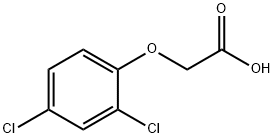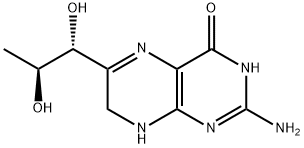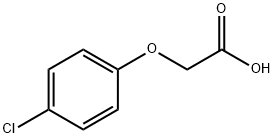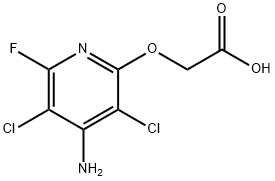A3141012
2,4-Dichlorophenoxyacetic acid , Analysis standard , 94-75-7
Synonym(s):
2,4 D-acid;2,4-D;2,4-Dichlorophenoxyacetic acid;2,4-Dichlorophenoxyacetic acid solution
CAS NO.:94-75-7
Empirical Formula: C8H6Cl2O3
Molecular Weight: 221.04
MDL number: MFCD00004300
EINECS: 202-361-1
| Pack Size | Price | Stock | Quantity |
| 250MG | RMB236.80 | In Stock |
|
| others | Enquire |
Update time: 2022-07-08
PRODUCT Properties
| Melting point: | 136-140 °C (lit.) |
| Boiling point: | 160 °C (0.4 mmHg) |
| Density | 1.563 |
| bulk density | 720kg/m3 |
| vapor pressure | 0.4 mm Hg ( 160 °C) |
| refractive index | 1.5000 (estimate) |
| Flash point: | 160°C/0.4mm |
| storage temp. | 2-8°C |
| solubility | Soluble in organic solvents (ethanol, acetone, dioxane) |
| pka | pK1:2.64 (25°C) |
| form | crystalline |
| color | off-white to tan |
| PH Range | Acidic |
| Odor Threshold | 3.13 ppm |
| Water Solubility | Slightly soluble. Decomposes. 0.0890 g/100 mL |
| Merck | 14,2796 |
| BRN | 1214242 |
| Henry's Law Constant | 6.72 and 0.84 x 10-5 atm?m3/mol were reported at pH values of 1 and 7, respectively (wetted-wall column, Rice et al.,
1997a) |
| Exposure limits | NIOSH REL: TWA 10 mg/m3, IDLH 100 mg/m3; OSHA PEL: TWA
10 mg/m3; ACGIH TLV: TWA 10 mg/m3. |
| Stability: | Stable, but moisture-sensitive and may be light-sensitive. Incompatible with strong oxidizing agents, corrodes many metals. Decomposes in water. |
| LogP | 2.810 |
| CAS DataBase Reference | 94-75-7(CAS DataBase Reference) |
| IARC | 2B (Vol. 113) 2018 |
| NIST Chemistry Reference | (2,4-Dichlorophenoxy)acetic acid(94-75-7) |
| EPA Substance Registry System | 2,4-D (94-75-7) |
Description and Uses
2,4-D free acids, esters, amines, and salts are formulated in water suspensions or solutions, or in various organic solvents, for application as systemic herbicides that are used postemergence for selective control of broadleaf weeds.
2,4-D is registered with the US Environmental Protection Agency (EPA) for use on a variety of food/feed sites, turf, lawn, aquatic sites, and forestry applications, and as a growth regulator in citrus crops. Residents and professional applicators may use 2,4-D on home lawns.
Safety
| Symbol(GHS) |    GHS05,GHS07,GHS09 |
| Signal word | Danger |
| Hazard statements | H302-H317-H318-H335-H410 |
| Precautionary statements | P261-P273-P280-P301+P312-P302+P352-P305+P351+P338 |
| Hazard Codes | Xn,Xi,T,F |
| Risk Statements | 22-37-41-43-52/53-39/23/24/25-23/24/25-36/37/38-11-36-20/21/22-67-66 |
| Safety Statements | 24/25-26-36/37/39-46-61-2-45-36/37-27-16-7-9 |
| RIDADR | UN 3077 9/PG 3 |
| OEB | B |
| OEL | TWA: 10 mg/m3 |
| WGK Germany | 2 |
| RTECS | AG6825000 |
| Autoignition Temperature | > 180 °C |
| TSCA | Yes |
| HazardClass | 6.1 |
| PackingGroup | III |
| HS Code | 29189090 |
| Hazardous Substances Data | 94-75-7(Hazardous Substances Data) |
| Toxicity | LD50 (oral): rat [free] 375 mg/kg, [-Na] 666-805 mg/kg. |
| IDLA | 100 mg/m3 |





